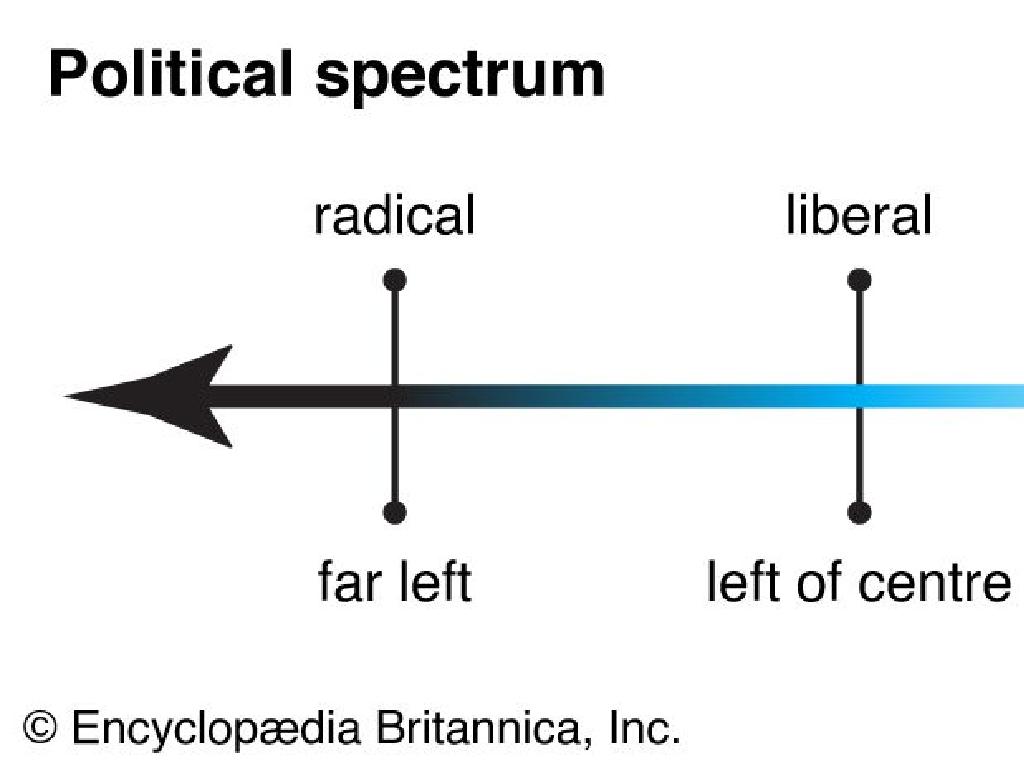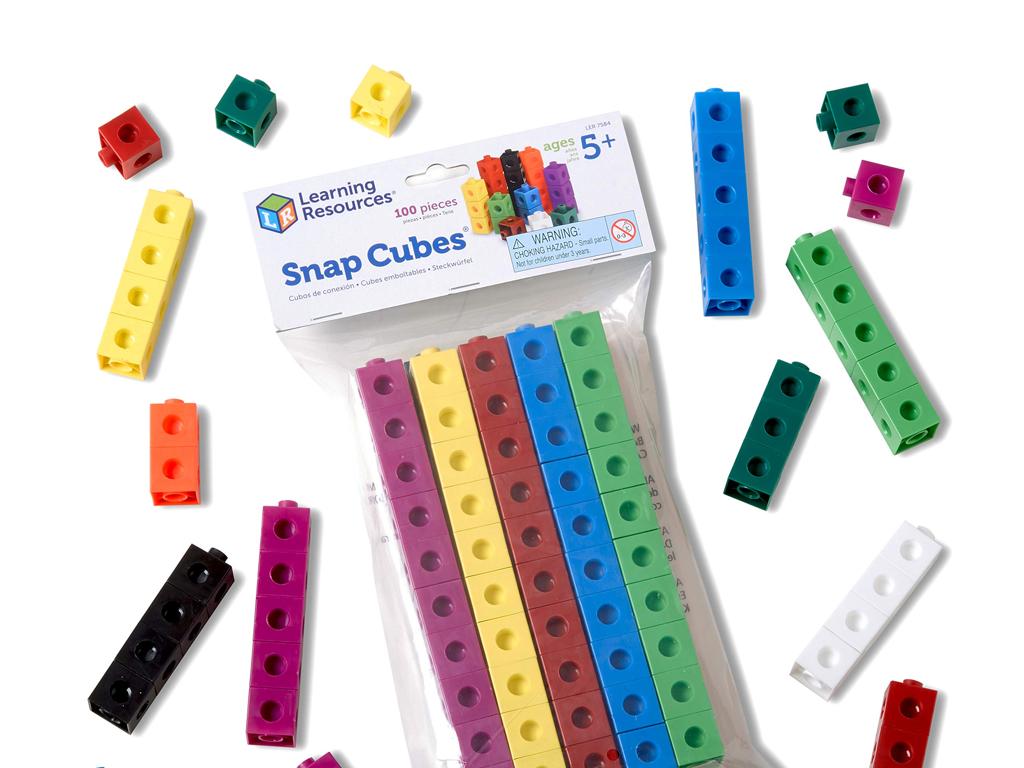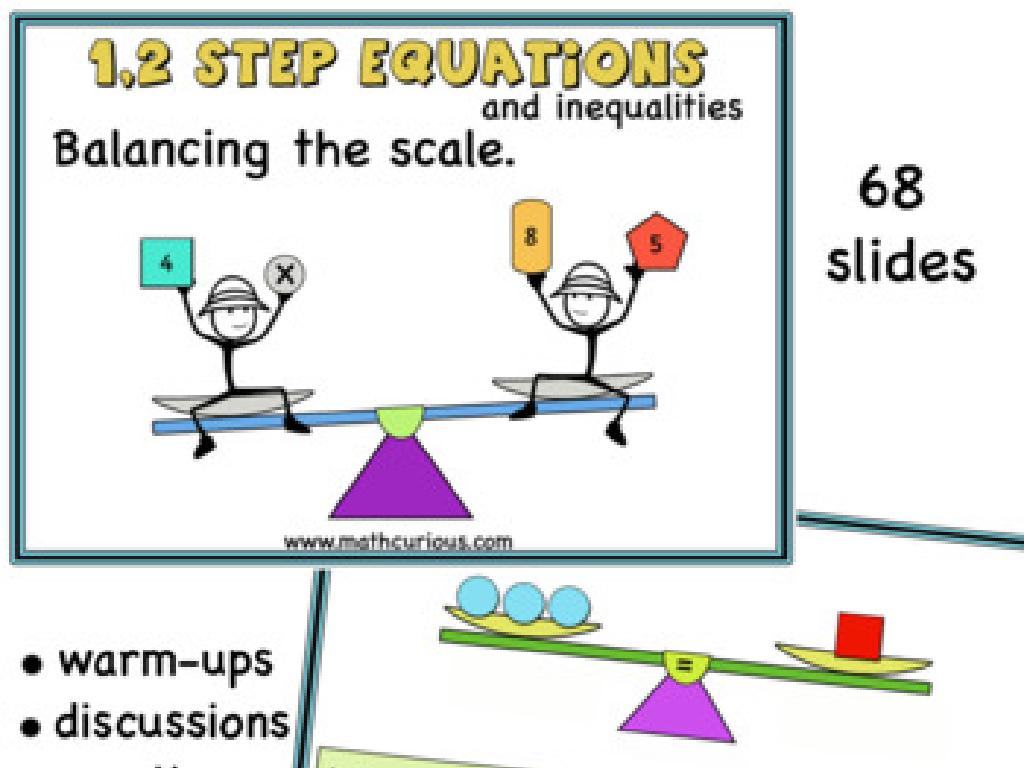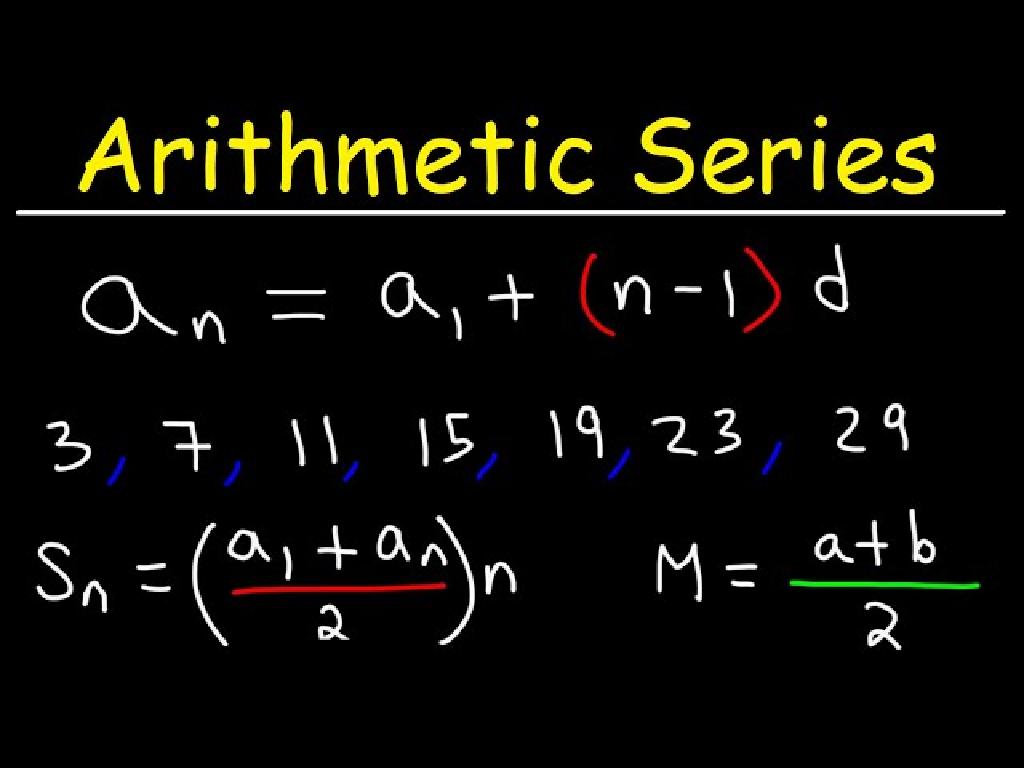Identify Supporting Details In Informational Texts
Subject: Language arts
Grade: Fourth grade
Topic: Distinguish Facts From Opinions
Please LOG IN to download the presentation. Access is available to registered users only.
View More Content
Facts vs. Opinions in Informational Texts
– Define facts and opinions
– Facts are statements that can be proven. Opinions express personal feelings.
– Explore informational texts
– Informational texts provide facts and explanations about a topic.
– Discover supporting details
– Details that explain or give more information about the main idea.
– Understand their importance
– They help us learn and understand the main points better.
|
Begin the lesson by explaining the difference between facts and opinions, emphasizing that facts can be verified with evidence, while opinions are based on personal beliefs or feelings. Introduce informational texts as sources that contain factual details about various subjects. Highlight the role of supporting details in strengthening the main ideas presented in these texts. Explain that identifying these details is crucial for comprehension and critical thinking. Engage the students with examples of informational texts and guide them to identify the supporting details. Encourage discussions on why understanding the difference between facts and opinions is important in analyzing texts.
Understanding Facts in Informational Texts
– Define facts
– Facts are statements that are true and can be proven.
– Examples of factual statements
– ‘The Earth orbits the Sun’ or ‘Water freezes at 0°C’.
– Verifying facts
– Use evidence and research to confirm if a statement is a fact.
– Importance of fact-checking
|
This slide introduces students to the concept of facts within informational texts. Begin by defining a fact as a statement that can be proven to be true. Provide clear examples that the students can relate to, such as scientific facts about nature or mathematics. Discuss the importance of verifying information and teach students how to check if something is a fact by looking for evidence or conducting research. Emphasize the role of fact-checking in distinguishing reliable information from opinions or false statements. Encourage students to always seek proof and ask questions about the information they read or hear.
Understanding Opinions in Texts
– Opinions express beliefs or feelings
– Examples of opinions in sentences
– ‘Cats are the best pets’ shows a belief, not a fact
– Opinions are not provable
– Opinions are subjective and vary between people
– Recognizing opinion statements
|
This slide introduces the concept of opinions within texts, which is crucial for students to distinguish from factual statements. Opinions are personal and express what someone thinks or feels about a subject, but they cannot be proven true or false because they are based on personal beliefs or preferences. Provide examples of opinion statements and explain that they are subjective, meaning they can differ from person to person. Encourage students to think about why opinions cannot be verified like facts can. In class, practice identifying opinion statements in various texts and discuss how recognizing opinions helps us better understand an author’s perspective.
Identifying Supporting Details
– What are supporting details?
– They are facts or information that explain more about the main idea.
– Strengthen facts with details
– Details make facts more convincing and give readers a better understanding.
– How to find supporting details
– Look for words or phrases that give more information about the main facts.
– Practice with a text example
– We’ll read a passage together and identify the supporting details.
|
This slide introduces the concept of supporting details in informational texts. Begin by explaining that supporting details are pieces of information that clarify, explain, or enhance the main idea of a text. Emphasize how these details help to make the facts presented in a text more robust and believable. Teach students to identify these details by looking for additional facts, examples, or descriptions that relate to the main idea. Use a sample text to demonstrate how to pinpoint supporting details. Encourage students to practice this skill by reading a passage and identifying the supporting details, either as a class activity or in small groups. This will help them understand the importance of supporting details in comprehending and analyzing informational texts.
Distinguishing Facts from Opinions
– Compare facts and opinions
– Facts are statements that can be proven. Opinions express personal feelings.
– Practice with example sentences
– ‘Dogs have fur’ (fact) vs ‘Dogs are the best pets’ (opinion)
– Understand the importance
– Knowing the difference helps us critically evaluate information.
|
This slide introduces the concept of distinguishing facts from opinions, a critical reading comprehension skill. Start by explaining that facts are statements that can be verified with evidence, while opinions are based on personal beliefs or feelings and cannot be proven. Provide clear examples to illustrate the difference. Engage the class with practice sentences where they identify facts and opinions. Emphasize the importance of this skill in understanding informational texts and in developing critical thinking. It helps students to not take everything they read as true without questioning and to express their own opinions clearly.
Class Activity: Fact or Opinion?
– Play ‘Fact or Opinion?’ game
– Work in pairs on statements
– Decide if each is fact or opinion
– Fact: statement that can be proven. Opinion: statement that reflects feelings or beliefs.
– Present findings to the class
|
This interactive class activity is designed to help students understand the difference between facts and opinions. Students will work in pairs to review various statements and determine whether each is a fact, which can be proven true or false, or an opinion, which is based on personal feelings or beliefs. After discussing and deciding on their answers, each pair will present their findings to the class, explaining their reasoning. This will not only reinforce the concept but also encourage teamwork and public speaking skills. As a teacher, prepare a diverse set of statements beforehand and guide the students through a few examples to ensure they grasp the concept. Possible activities for different pairs could include statements from different subjects such as science, history, or current events to provide a broad range of examples.
Finding Supporting Details in Texts
– Read an informational text
– Highlight the facts
– Facts are statements that can be proven true
– Circle supporting details
– Details that give more information or evidence about the facts
– Understand fact verification
– Learn how details strengthen facts
|
This slide is aimed at teaching students how to identify and differentiate between facts and supporting details within an informational text. Begin by reading a short informational text together as a class. Guide the students to highlight the facts within the text statements that can be proven true or false. Then, instruct them to circle the supporting details these are the pieces of information that provide evidence or more context to the highlighted facts. Emphasize the importance of supporting details in proving the accuracy of the facts and how they help in understanding the text more deeply. For the class activity, provide a variety of texts and have students practice this skill in small groups or individually, then share their findings with the class.
Group Activity: Fact Finder Mission
– Find facts in articles with your group
– Create a ‘Fact File’ for the class
– Compile facts and their evidence in a file
– Discuss the role of supporting details
– How do details make facts clearer?
– Understand texts better with details
|
This group activity is designed to enhance students’ ability to identify facts and their supporting details within informational texts. Divide the class into small groups and provide each with articles. Their task is to sift through the article to find statements of fact. They will then create a ‘Fact File’ which includes these facts along with the evidence that supports them, found in the text. Encourage groups to discuss how these supporting details bolster the facts and aid in comprehension. After the activity, each group will present their ‘Fact File’ to the class, fostering a collaborative learning environment. As a teacher, facilitate discussions on the importance of supporting details in understanding and verifying facts. Provide guidance on distinguishing facts from opinions, emphasizing critical thinking.
Conclusion: Facts vs. Opinions
– Recap: Facts vs. Opinions
– Facts are true and can be proven. Opinions are beliefs and cannot be proven.
– Importance of supporting details
– Supporting details help us understand and believe the main idea.
– Reflect on today’s learning
– Think about how you can use this in reading and writing.
– Share your insights
|
As we wrap up today’s lesson, it’s important to revisit the difference between facts and opinions. Facts are statements that can be verified and proven to be true or false, while opinions are personal beliefs or judgments that are not based on proof. Understanding this distinction is crucial for students as they analyze informational texts and discern what information is reliable. Encourage students to reflect on the importance of supporting details, which are the pieces of evidence or examples that back up the main idea in a text. Have students share what they’ve learned and how they might apply this knowledge to their own reading and writing. This reflection helps solidify their understanding and allows them to express their thoughts.
Homework: Facts vs. Opinions in Articles
– Find an article to read
– Spot 3 facts and their supports
– Facts are statements that can be proven. What evidence supports them?
– Note 3 opinions and reasoning
– Opinions express personal feelings. Why do you think these are opinions?
– Ready to discuss your findings
|
This homework assignment is designed to help students practice distinguishing between factual statements and opinions within informational texts. Students are tasked with finding an article either at home or online, which should be appropriate for their reading level. They will then identify three factual statements and note the evidence that supports these facts. Additionally, they will choose three opinions from the article and explain their reasoning behind classifying these statements as opinions. This exercise will enhance their critical reading skills and prepare them for a class discussion where they will share and reflect on their findings. Encourage students to think about the difference between objective information and subjective viewpoints as they work through the assignment.



-a-solution-to-the-system-of-equations/introduction_systems_equations.jpg)


